A History Lesson
Thu, 07 Oct 2021 | Reading Time: 4 minutes
Since History and geography merged to become Social Science in board curriculum, the door for learning the bygone years for young generation got barred. Now people started whingeing young minds for their little knowledge about our golden past. It’s a common misconception that history is all about empires and battlefields. But that was challenged and proved later. Many civil service aspirants get helped for preparing General Studies through history lesson.
Parliamentary Standing Committee on education is now discussing reforms in the textbooks and curriculums of NCERT with a focus on removing references to un-historical facts and distortions about national heroes; ensuring equal or proportionate references to all periods of Indian history. Assam has decided to make both history and geography compulsory for schools from the next academic session.
We know so little about the great Maratha Warrior Shivaji, Maharana Pratap – the Hindu Rajput of Mewar, whose military resistance against the imperialism of the Mughal and Guru Govind Singh for creation of the Khalsa. Shivaji once had such an illustrious ruler even Adolf Hitler once quoted to Subhash Chandra Bose “your country doesn’t require any Hitler to throw out British. All you need to teach is Shivaji’s history”.
Ironically, Indian history is all about Mughal pluralism and praises Babar, Akbar and Aurangajeb. No doubt Mughal conquered Kabul to Kandahar, Iraq, Iran and Turkistan but they couldn’t defeat Shivaji and had to involve 27 years of long battle with the Maratha. The warriors of Abu Taliban & Turkistan, Uzbekistan, Afghanistan, Mongolia and Iranian were defeated by Shivaji
Should we revisit history and historiography to explore? India’s history begins with the ancient Indus Valley Civilization (2500-1700 BCE) and the migration of Indo-Aryan (1800-1500 BCE). Vedic period (1750-500 BCE) flourished along the river Saraswati and Vedas are early literature of the Hindus with two greatest epics the Ramayana and the Mahabharata. The teaching of Buddhism (mid-6th – mid-4th century BCE) spread throughout southern and eastern Asia and now followed across the world.
Meanwhile Alexander invaded India in 326 BCE. The golden age of Indian history referred to Mauryan Empire Chandragupta (321-297 BCE) for strategic conquest and flourishing state. The Chinese traveler Fa-Hien heaped a lot of praise of him. Harshavardhana (606 to 647 CE) of Thanneshwar & Kannauj was known for generosity and administrative skills. His defeat by Pulakeshin II of Chalukya Kingdom (6th-12th centuries) of South marked the end of the last ancient king.
Medieval history was part of the southern end of the Indian peninsula. The kingdoms of Cholas (9th – 13th century), Pandyas (6th – 14th century) and the Cheras (9th – 12 century) are mentioned in the Ashokan inscriptions. Pandyas covers modern Tirunelveli, Madurai, Ramnad and Travancore while Cholas at Tanjore and Tiruchirappali of Tamil Nadu and Cheras in Kerala coast. The ruins of Vijayanagara at Hampi, Chola’s Dynasty at Thanjavur, Pallava’s mythological history at Mahabalipuram and various temples at Madurai, Kanchipuram, Chidambaram, Pattadakal, Belur Halebid, Shravana Belgola, dominate Dravidian masterpieces with ancient towering.
There is not enough tangible evidence to reconstruct the ancient history of Assam (4th – 12th century) that sourced from the Varman dynasty (350-650). Chinese pilgrim-scholar Hiuen-Tsang visited the court of Bhaskarvarman in 636 AD who made epoch making contribution to Buddhism. There were rulers from Mlechchha dynasty (650-900) at Tezpur to Pala dynasty (8th – 12th century) in Kamrupa.
Medieval Assam (1206-1826) witnessed great significance as Sukapha entered Assam and established the Ahom capital at Charaideo in 1252. At the same time the Kamata Kingdom emerged in western Kamrupa and Chutiya Kingdom (1187-1673) around Sadiya. Ahom continued battle with Dimasa / Kachari (13th – 18th century) Kingdom at Dimapur, Maibong and Khaspur. The invasion of Timur (1398) made significant point on the Bhakti movement (15th century). On the same time, Assam’s great social-religious reformer Saint Scholar Shrimanta Sankardeva (1449-1568) made his effort to unite all with Ek Saran Naam Dharma.
16th century witnessed the rise of Koch dynasty under Narnarayan and Chilarai. The rise of Mughal in the 16th century united India under one monarch during Babar, Humayun, Akbar, Jahangir, Shah Jahan, and Aurangzeb. Influences of Islamic architecture have greatly reflected during Mughal period but India disintegrated after the fall of Aurangzeb. Our history failed to highlight the defeat of Mughals by the Ahom in the battle of Saraighat in 1671.
18th century uprising began as power struggle between the Moamorias (Mataks) and the Ahom Kings. Three Burmese invasions of Assam between 1817 and 1825 called the manor din by the indigenous Assamese are remembered with horror. Treaty of Yandaboo 1826 ended the Burmese occupation and the beginning of British occupation in Assam.
European began trading in India during the late 16th to 17th centuries but only British could establish dominant power during the end of 18th century. They achieved political power in 1757 AD after the Battle of Plassey. Two centuries of British administration exploited India ruthlessly and brought changes on the economic, social, and cultural spheres as well. There are multiple mutinies to freedom movement and Azad Hind Fauj that changed India’s freedom struggle finally a freedom at last.
Many opine India’s discovery begun after the end of the British Empire. British legacy is alive and kicking in every bit of Indian life. The English language itself is a legacy of the British rule and continues to be the lingua franca of Indians in our own country. Britain retained control of India not out of benevolence but for the sake of plunder and colonialism has systematically destroyed India’s rich heritage and culture. We really never learnt history much from our school-books.
Disclaimer
The opinions expressed in this article are the author’s own and do not reflect the views of Chanakya Forum. All information provided in this article including timeliness, completeness, accuracy, suitability or validity of information referenced therein, is the sole responsibility of the author. www.chanakyaforum.com does not assume any responsibility for the same.
Chanakya Forum is now on . Click here to join our channel (@ChanakyaForum) and stay updated with the latest headlines and articles.
Important
We work round the clock to bring you the finest articles and updates from around the world. There is a team that works tirelessly to ensure that you have a seamless reading experience. But all this costs money. Please support us so that we keep doing what we do best. Happy Reading
Support Us




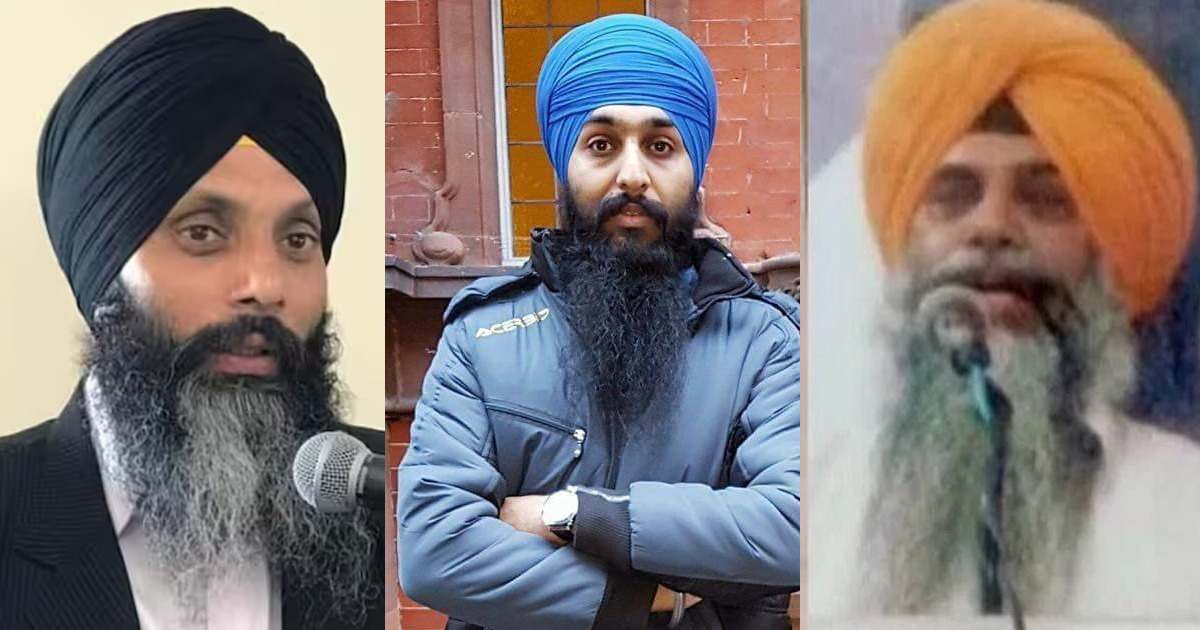
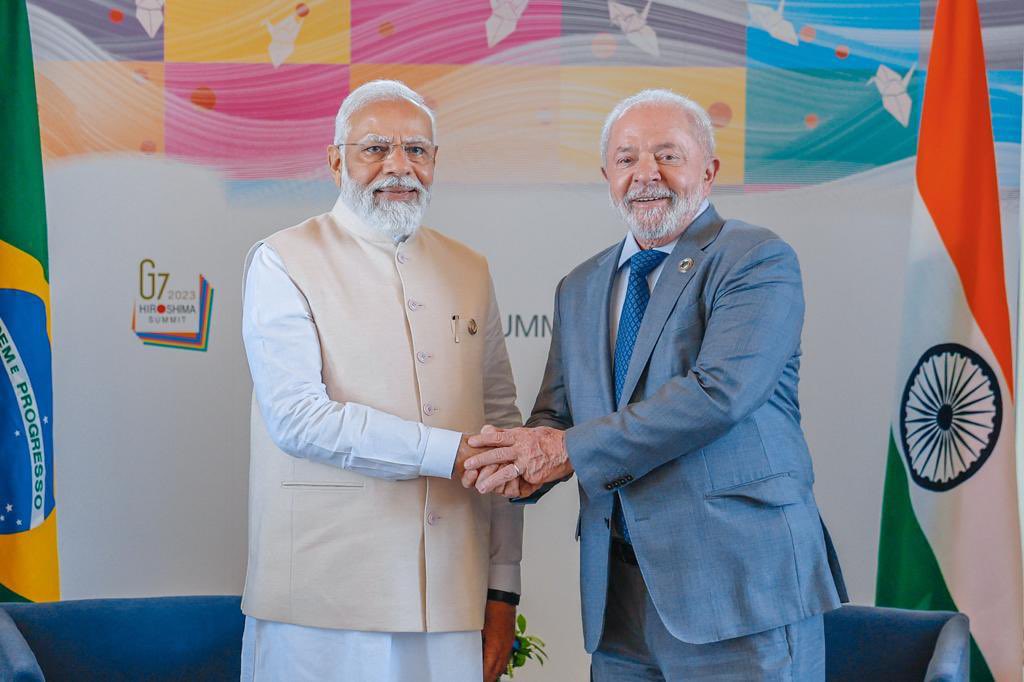

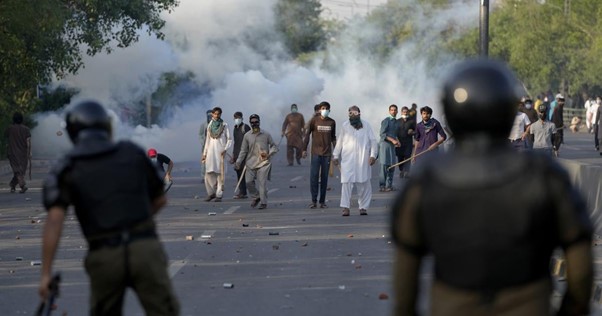

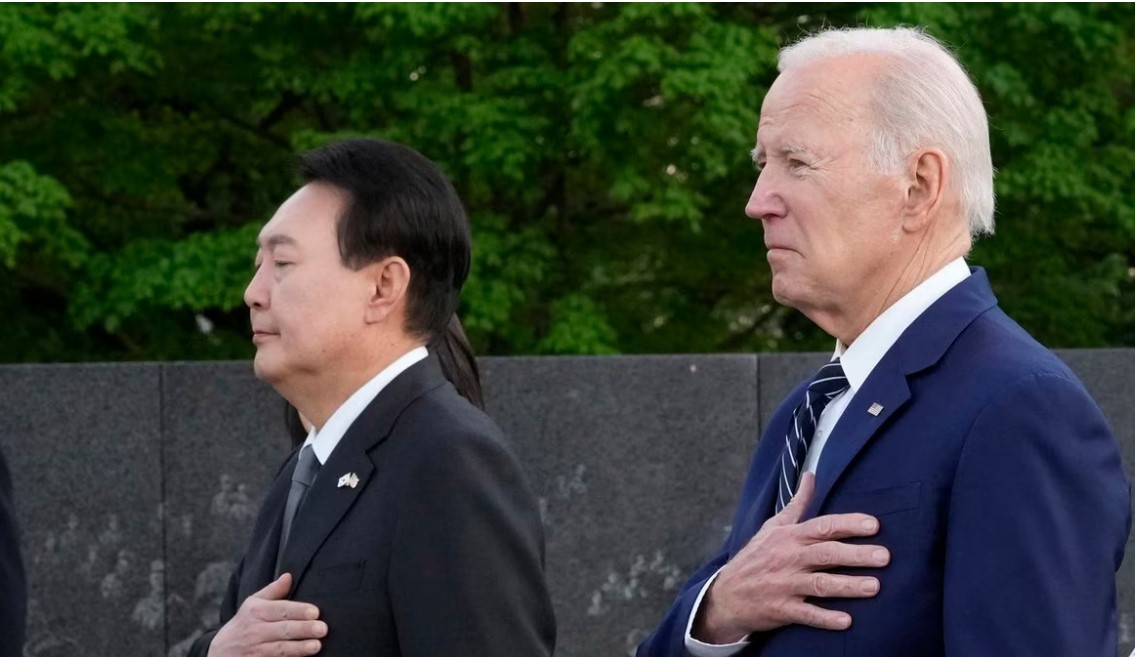

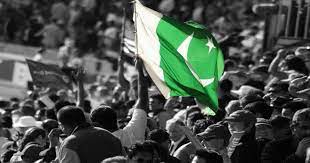
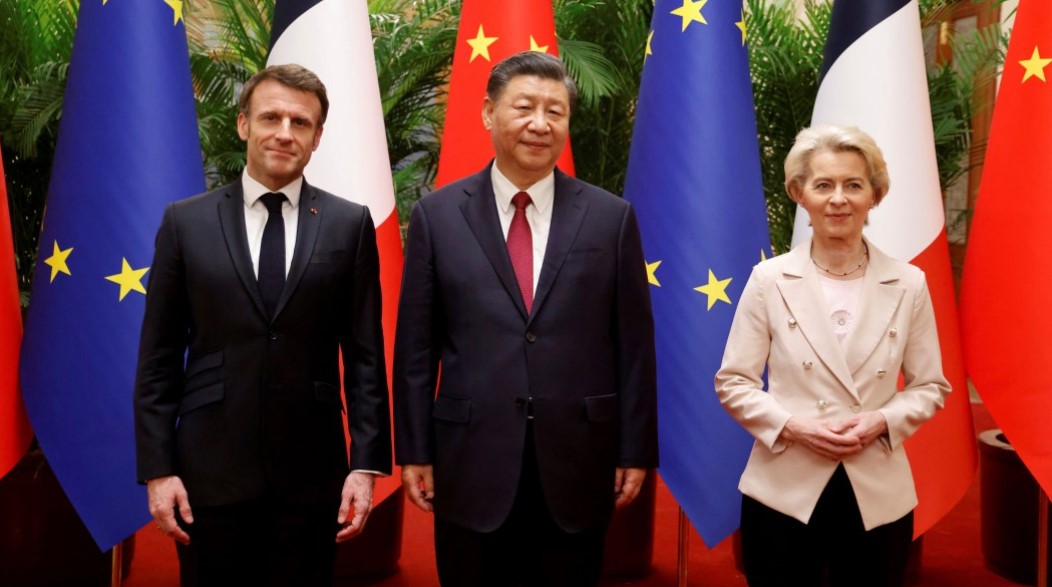
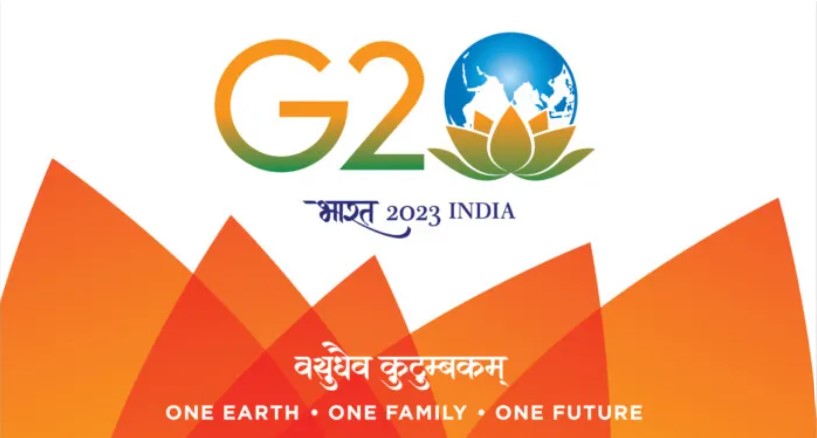






POST COMMENTS (0)